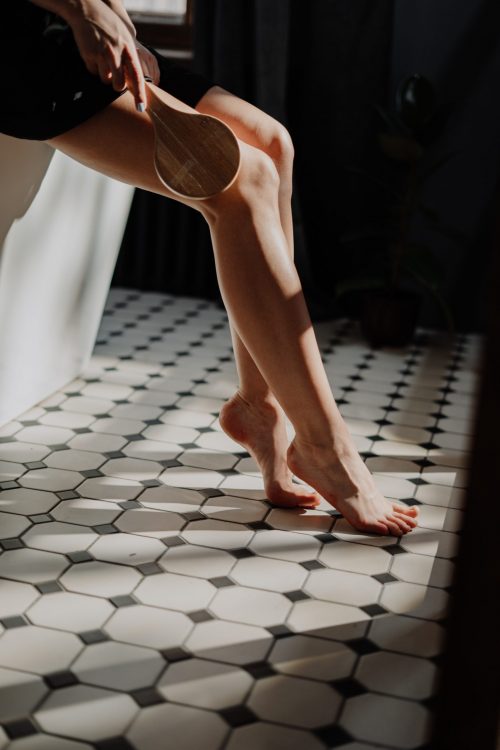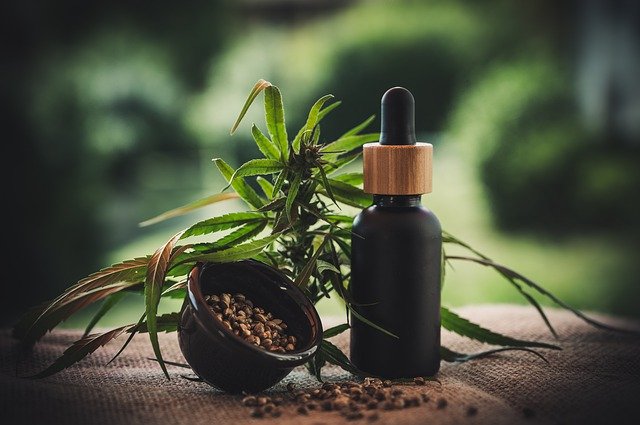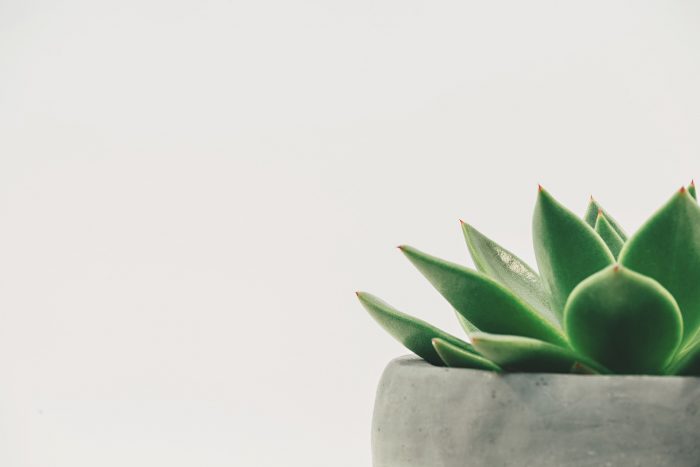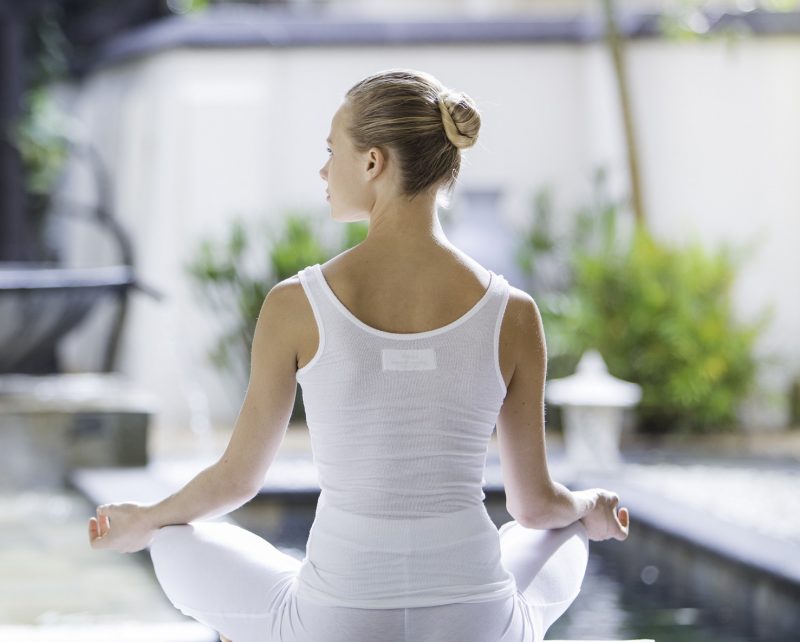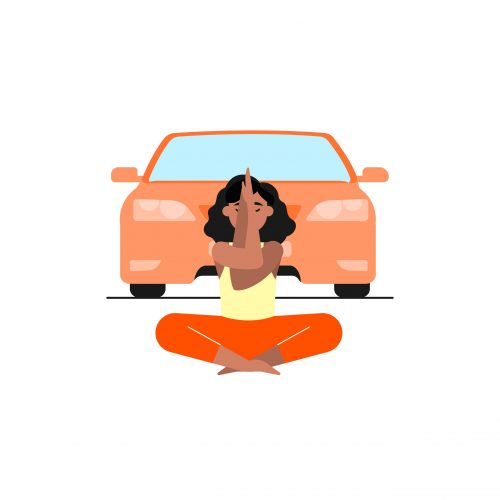What Is Lymphatic Drainage?
Lymphatic drainage, also known as lymphatic massage, is the process of helping the movement of lymphatic fluids around the body. The lymphatic fluid travels through the lymph vessels, which are the vessels that connect lymph nodes. The fluid then goes through the lymph nodes where white blood cells rid it of harmful toxins and waste. The fluid is constantly flowing, but sometimes becomes blocked and cannot drain properly. The buildup can cause swelling, most often in the arms and legs. Lymphatic massage is a special type of massage designed to clear these blockages and allow the fluid to flow.
Who Could Benefit From A Lymphatic Massage?
Lymphatic drainage can be especially beneficial to people with conditions such as lymphedema or fibromyalgia that are prone to fluid buildup. The massage moves these blocked fluids and reduces swelling in those areas. The massage is not done directly on the swollen areas, but rather on the nonswollen areas to encourage fluid flow to those parts of the body. Studies have also shown that lymphatic massage can be effective in reducing symptoms of stiffness and depression in people with fibromyalgia.
Types Of Lymphatic Drainage
There are two ways lymphatic drainage can be conducted. The first type is manual lymphatic drainage. This type can only be done by a qualified practitioner or therapist. The second type is simple lymphatic drainage, which can be done by anybody. Before performing simple lymphatic drainage on yourself, it is important to conduct thorough research to ensure you’re doing it correctly.
Preparing For A Lymphatic Massage
There are a few exercises you can do at home to help receive the best results from the massage.
Lymphatic Breathing
Before starting, it is recommended to practice deep breathing for a few minutes. The act of pushing the air in and out of the body acts as a pump and helps begin the movement of the fluid through the vessels and lymph nodes.
Prepare The Body
Before performing the massage, preparing parts of the body is essential in order to receive the best results. The neck can be prepared by taking two fingers on each side and gently sliding them down the skin towards the shoulders and repeating around the whole neck. Prepare under the arms by cupping your palm under your armpit and pumping it upward and toward the body. Prepare behind the knees by gently pumping the back of the knee and rolling upwards.
Performing a Lymphatic Massage
The best way to go about lymphatic drainage is to receive a massage from a trained professional. However, there are some basic practices that can be done individually. It’s important to remember that the massage is to be done on the skin, so don’t use enough pressure to feel the muscles. The massage shouldn’t be painful or cause any discomfort.
Upper Body Massage
Start by placing the palm flat on your chest and moving the hand up and over the collarbone. Continue moving the hand upwards towards the neck until the skin feels tight and then release. Repeat on both sides.
Massage the shoulders by placing your hand on your shoulder and moving the hand over the back of it and towards the neck.
To massage the entire arm, start at the shoulder and stretch the skin upwards. Then move down to the upper arm and stretch the skin towards the shoulder. Continue doing this down the arm with the skin always stretching upwards.
Massage the fingers by starting at the base of the finger and stretching the skin towards the hand. Do this on the entire finger, always directing the fluid toward the hand
Lower Body Massage
Start at the top of the leg and move down towards the foot. Put one hand on the inside of your thigh and the other on the buttock and gently stretch the skin up the leg. Repeat down the leg until you’ve reached the knee.
Start again below the knee with one hand on the shin and the other on the back of the calf. Stretch the skin gently upwards and work your way down the leg. Always use upwards strokes as you repeat the process down the leg.
Where Does This Practice Originate From?
The manual lymphatic drainage technique was coined by Danish massage therapists Emil Vodder and Estrid Vodder in the 1930s. It was originally developed for treating sinusitis and similar immune disorders. The method was used by the Vodders while treating patients on the French Riera who had swollen lymph nodes. At the time, not much was understood about the lymphatic system, but they realized that the light massage was helping the movement of the built up fluids. They then introduced the technique to Paris after World War II and then back to Copenhagen. They established the Dr. Vodder Center in Denmark and started to teach the method across Europe.
Sources:

